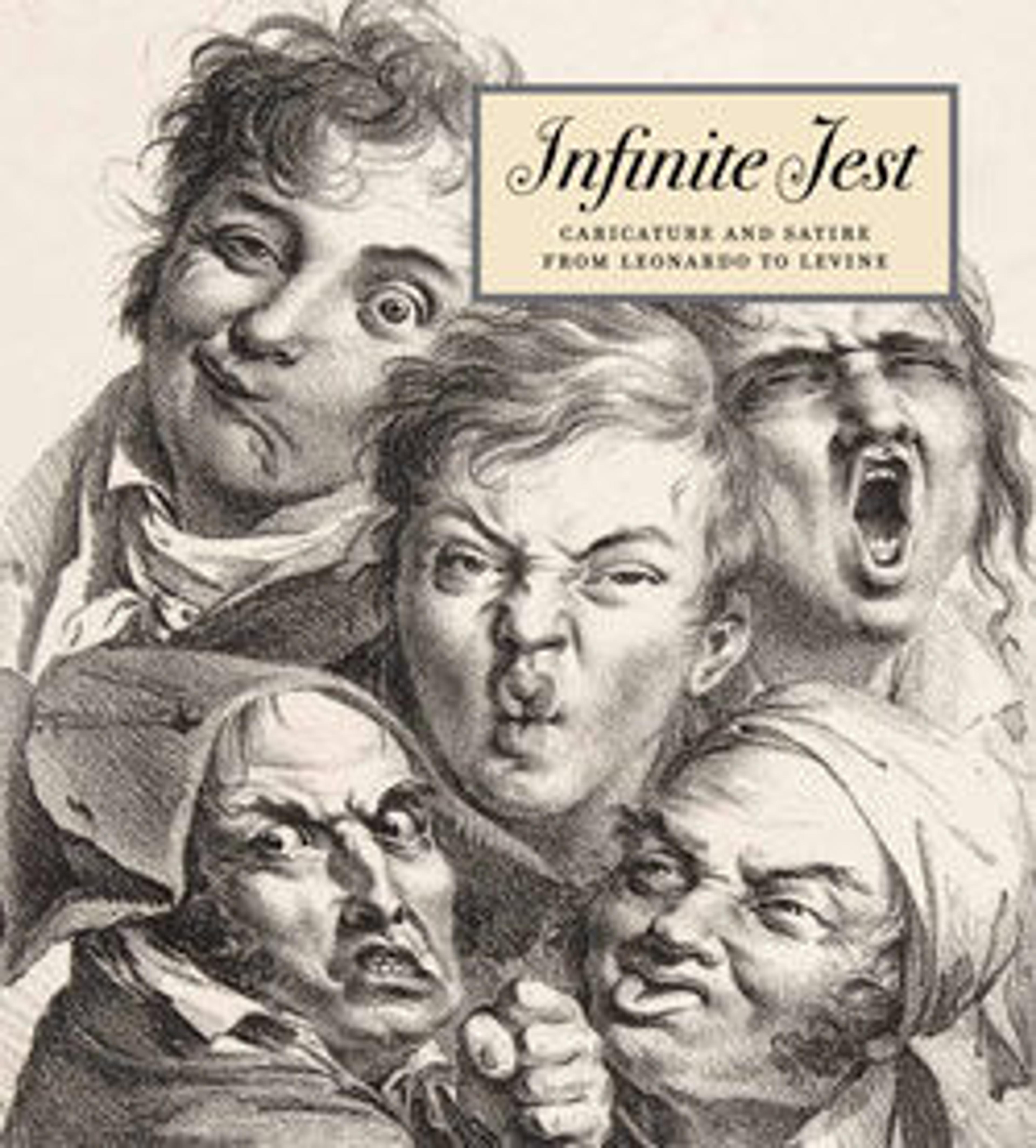Modern Oddities, by P. Pry Esq., Plate 1st
During the second quarter of the nineteenth century women’s fashions in Britain shifted away from a Neoclassical silhouette. Tightly corseted bodices returned and were accentuated with exaggerated puffed sleeves and full round skirts ending above the ankles to display feet in flat slippers. Heads were adorned with “salad plate hats”, wide-brimmed and decorated with ribbons and feathers. Heath worked with the publisher Thomas McLean to create a series of popular etchings that exaggerated aspects of the new style to the point of absurdity. For titles, he often borrowed quotations from Shakespeare; this one is derived from a scene in The Taming of the Shrew (4.3.143). From 1827–29 Heath used the image of a little dandy holding an umbrella to sign prints, seen here at lower left, a reference to Paul Pry, a nosy character in an 1825 play by John Poole.
Artwork Details
- Title:Modern Oddities, by P. Pry Esq., Plate 1st
- Artist:William Heath ('Paul Pry') (British, Northumbria 1794/95–1840 Hampstead)
- Publisher:Thomas McLean (British, 1788–1875)
- Subject:William Shakespeare (British, Stratford-upon-Avon 1564–1616 Stratford-upon-Avon)
- Date:June 30, 1829
- Medium:Hand-colored etching
- Dimensions:plate: 10 1/8 x 14 1/4 in. (25.7 x 36.2 cm)
sheet: 11 3/4 x 15 9/16 in. (29.8 x 39.5 cm) - Classification:Prints
- Credit Line:Rogers Fund and The Elisha Whittelsey Collection, The Elisha Whittelsey Fund, 1969
- Object Number:69.524.42
- Curatorial Department: Drawings and Prints
More Artwork
Research Resources
The Met provides unparalleled resources for research and welcomes an international community of students and scholars. The Met's Open Access API is where creators and researchers can connect to the The Met collection. Open Access data and public domain images are available for unrestricted commercial and noncommercial use without permission or fee.
To request images under copyright and other restrictions, please use this Image Request form.
Feedback
We continue to research and examine historical and cultural context for objects in The Met collection. If you have comments or questions about this object record, please contact us using the form below. The Museum looks forward to receiving your comments.
